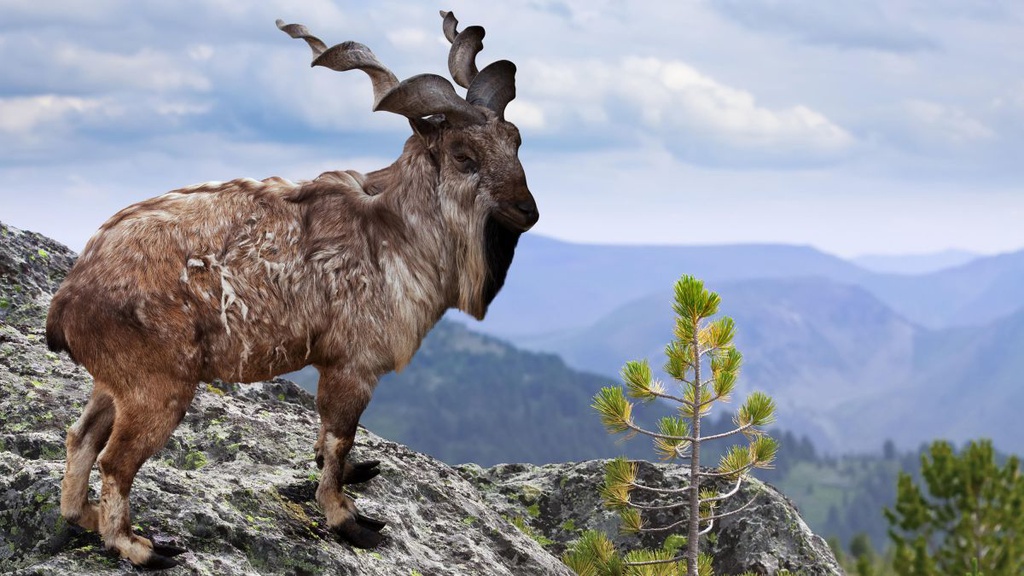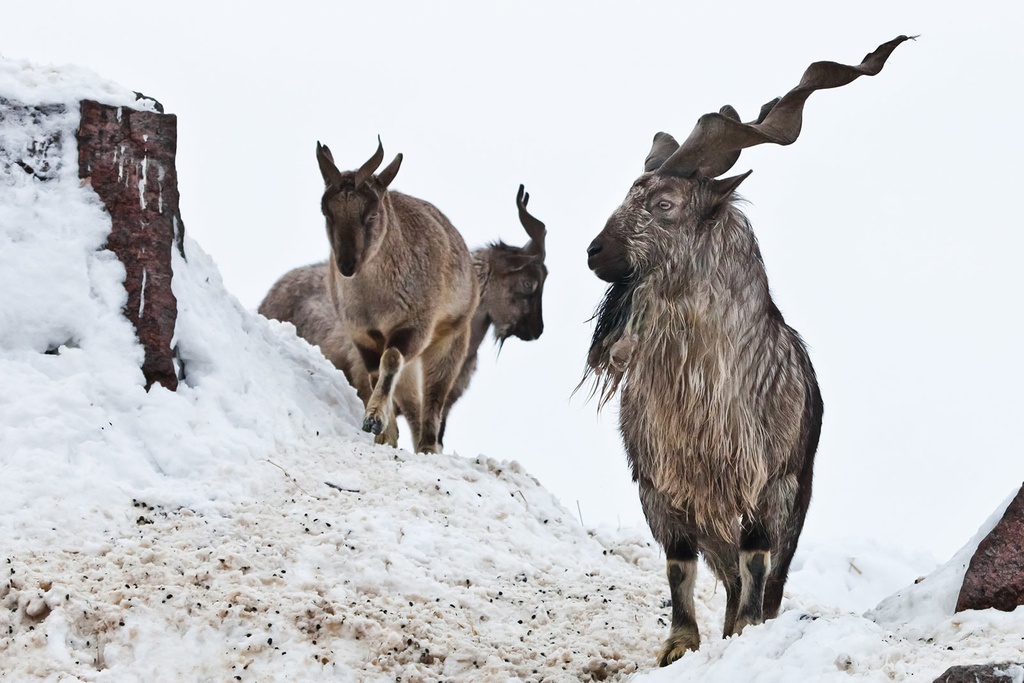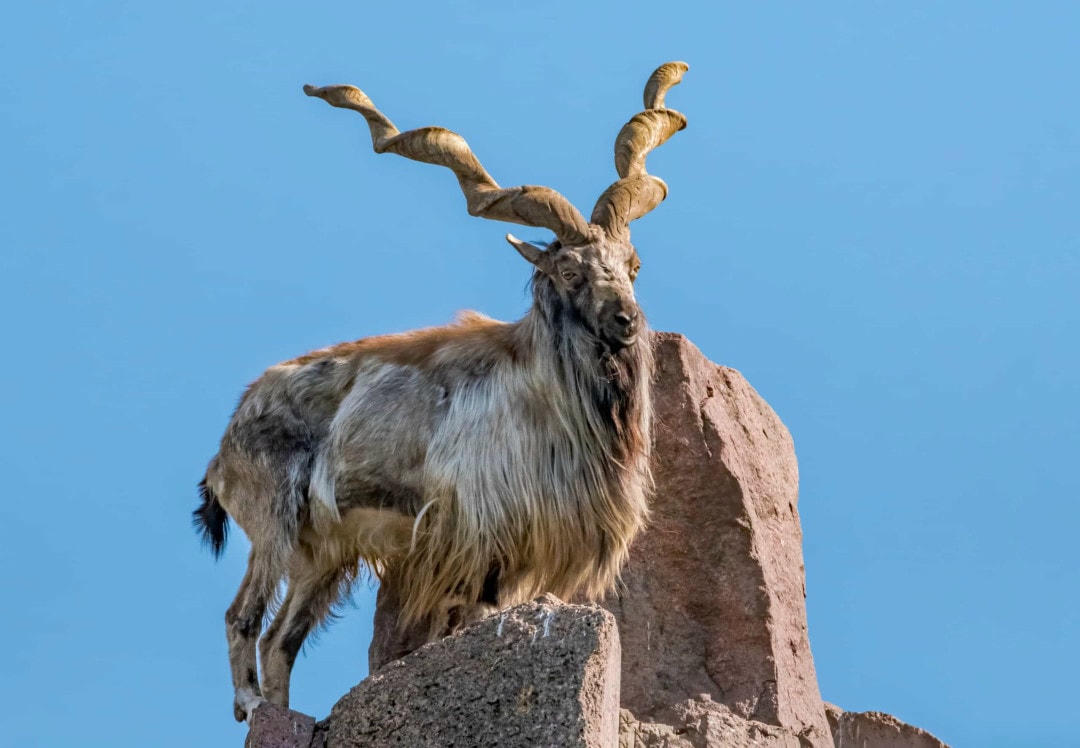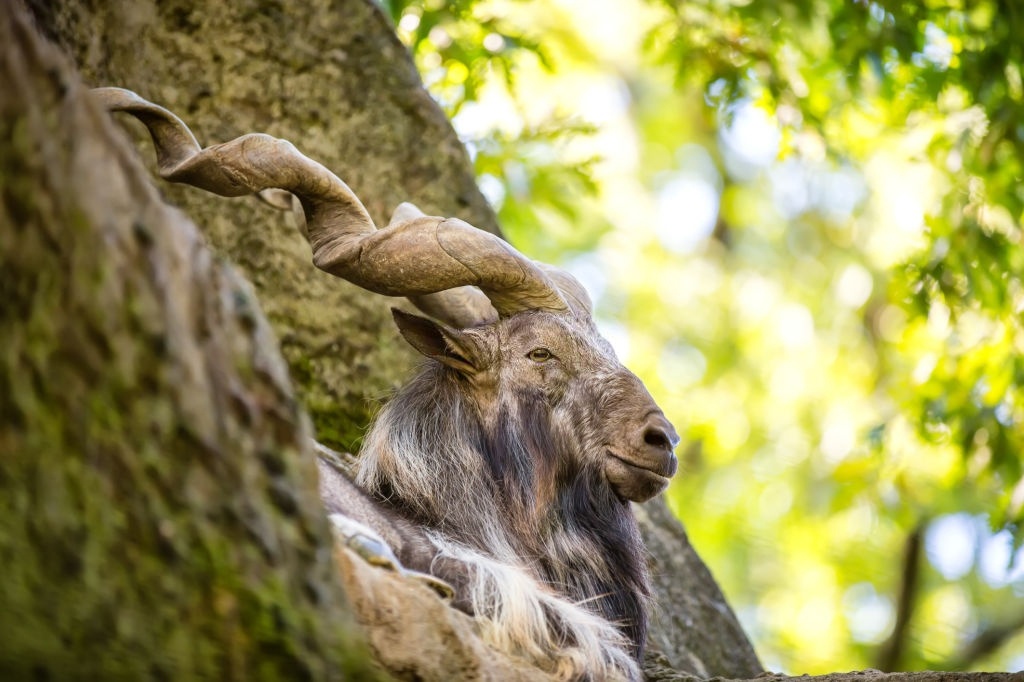The Price of Survival: How Hunting Helped Save the Astore Markhor

In the breathtaking highlands of Gilgit-Baltistan, a wealthy hunter recently paid a staggering $370,000 for a rare opportunity—to hunt the elusive Astore markhor 🐐. Known for its majestic spiral horns 🌀 and graceful stance, the markhor is one of the rarest wild goats on Earth. This sale set a new record for the 2025–2026 trophy hunting season, but the real story isn’t the price—it’s the unexpected conservation journey behind it.

Back in the 1990s, the future of the Astore markhor looked grim. Rampant poaching and vanishing habitats had left fewer than 2,000 individuals in the wild. Instead of outlawing hunting altogether, Pakistan made a controversial move: introduce a tightly controlled hunting permit system. Only a handful of licenses would be issued each year, and 80% of the revenue would go straight to local communities. This wasn’t just a policy—it was a gamble on human nature.

With a real financial stake in the markhor’s survival, villagers transformed from hunters into protectors. They started patrolling their lands, deterring poachers, preserving habitats, and proudly defending the animals they once pursued. 💪 The money brought schools, clinics, and better livelihoods—while the markhor population began to recover. By 2015, the species was no longer endangered. What began as a desperate strategy became one of the world’s most surprising conservation victories 🌍✨.

Not everyone agrees with the ethics of trophy hunting. For many, the idea of killing a rare animal—no matter the cause—feels wrong. But for others, this program is proof that sometimes, saving a species requires thinking beyond tradition. The Astore markhor’s story challenges us to ask hard questions: Can hunting ever help conservation? Can economics drive empathy? One thing is certain—this wild goat has become a symbol of what’s possible when people, money, and wildlife protection come together in an unexpected way. 🐐🌄










